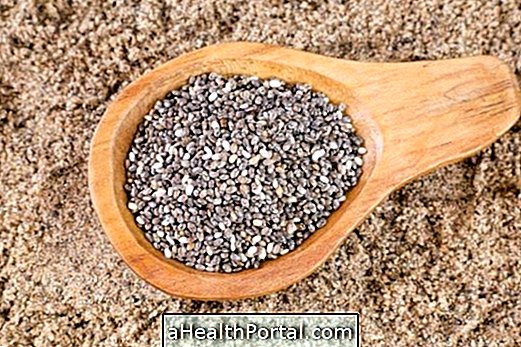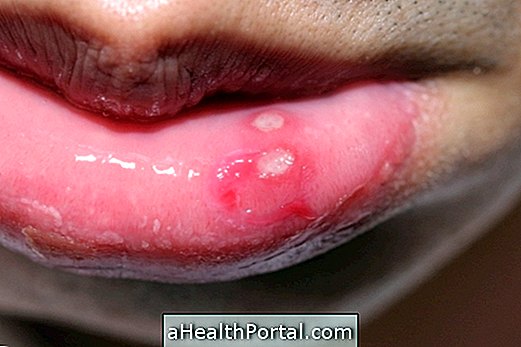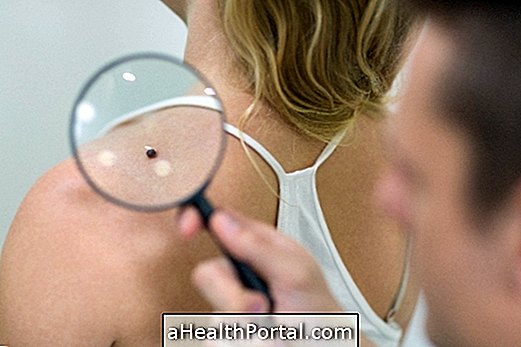Hemotherapy is a type of treatment in which a predetermined amount of blood is collected from a person and, after processing and analysis, is transfused to another person, aiding in the treatment and improvement of the patient.
In the case of autohemotherapy, on the other hand, the blood sample is withdrawn and then returned to the body by injection directly into the vein or into the muscle, for example. This type of treatment is usually done to stimulate the immune system and therefore can be used to relieve the symptoms of various health problems such as arthritis, gout or allergies. Although it has benefits, auto-hemotherapy is a poorly studied technique and has not yet been approved by ANVISA.
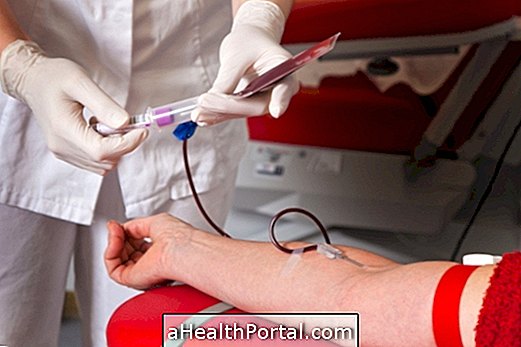
Main benefits
The hemotherapy procedure can be done in several situations, most often performed in the treatment of people who have suffered accidents and lost large amounts of blood, during and after major surgeries and in people suffering from blood-related diseases such as leukemia, anemia, lymphoma and purpura, for example.
In the case of auto-hemotherapy, as the goal is to stimulate the immune system, this type of alternative treatment may be effective in cases of:
- Rheumatoid arthritis;
- Drop;
- Bronchitis;
- Allergies;
- Crohn's disease;
- Herpes;
- Acne;
- Circulation problems;
- Eczema;
- Ulcers in the legs;
- Fungal infections.
In some cases, in the person's own injected blood, ozone or herbal preparations may still be added for greater relief of symptoms. For example, ozone appears to improve blood oxygenation and therefore may help in cases of poor circulation. Already the use of medicinal plants, such as echinacea, can stimulate the body to fight against virus infections.
How is it done?
The hemotherapy procedure is done following the same blood collection process, ie a garrote is placed on the arm to allow the best visualization of the blood vessel and then 50 to 300 ml of blood are withdrawn, which are placed in a container containing heparin, which is an anticoagulant substance, that is, it prevents the blood from clotting.
In the case of auto-hemotherapy, this blood collected is reintroduced into the body within 30 minutes after it has been withdrawn, and can be done directly into the muscle or vein by means of an injection. During the 30 minutes that the blood can remain outside the body before being reintroduced, the doctor may place substances in the blood that facilitate the recovery process, such as ozone or herbal preparation, for example.
In hemotherapy, the collected blood is sent to the laboratory for blood tests and compatibility with the person who will receive the blood in order to avoid any transfusion reaction. Understand how the blood transfusion is done.
Why can auto-hemotherapy work?
The beneficial effect of autohemotherapy appears to be related to the presence of antigens in the injected blood, which stimulate the body to produce antibodies, which makes the immune system stronger to fight the disease that is developing.
That is, when the blood is injected back into the body, the body begins to attack that blood because it contains traces of the disease that is developing. When this happens, the body gains more resistance against the disease and, therefore, manages to eliminate it more quickly.
What are the health risks
Hemotherapy usually does not pose risks to the donor and recipient, however, it is important that they be compatible so that there are no reactions related to the transfusion process.
Although it appears to have several benefits for the treatment of various diseases, autohemotherapy is not approved by ANVISA and therefore should not be used. This is because several tests are still needed to understand the effects of this treatment, as well as identify possible health risks.



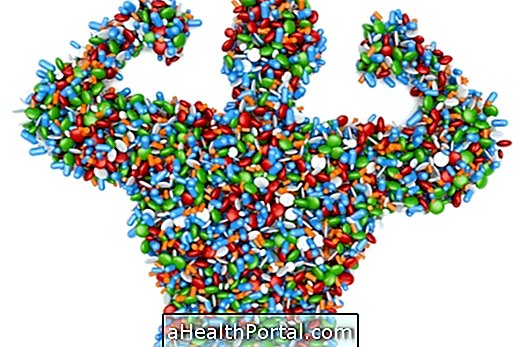


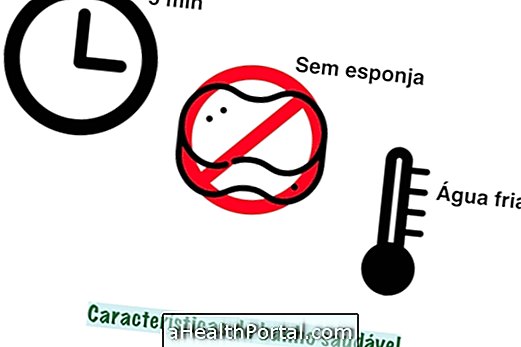

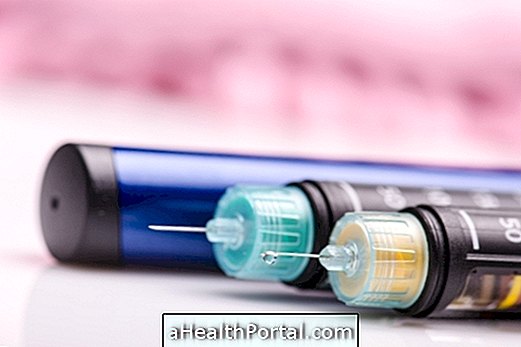
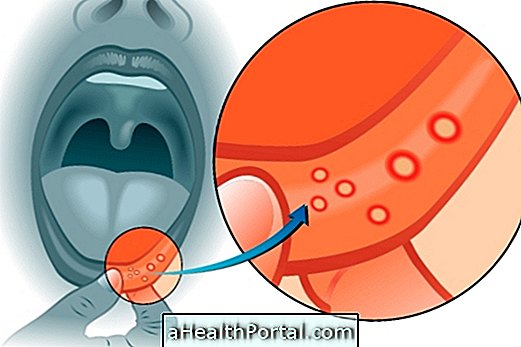


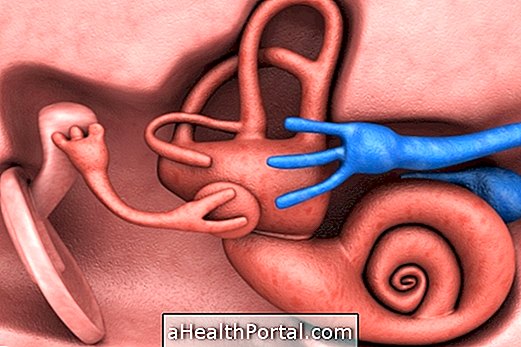


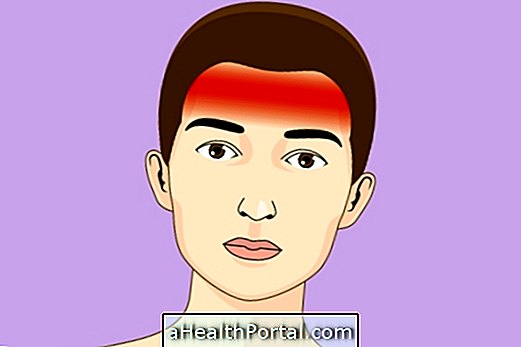
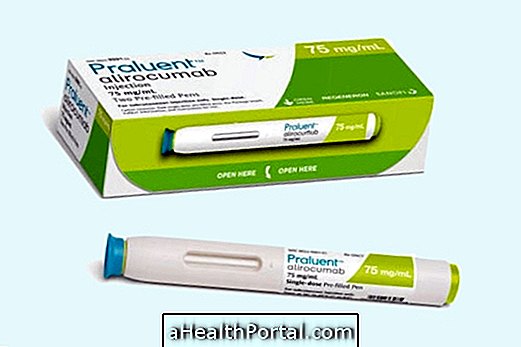
-o-que--quando-fazer-e-como-funciona.jpg)
